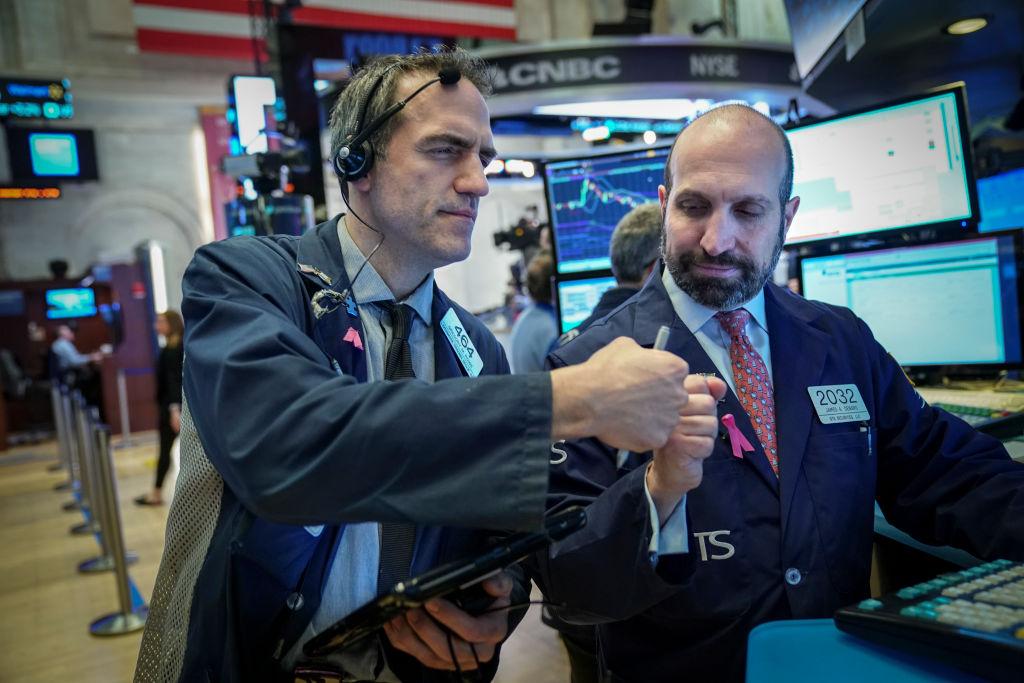Wall Street braved headwinds from the coronavirus scare and weaker factory numbers last week, and while major indices ended up dented, a few hit record highs, suggesting American equities still have steam.
The S&P 500 and the Nasdaq both hit new bull market highs on Wednesday, but on Friday the former finished the week over 1 percent in the red, while the latter suffered its biggest drawdown in some three weeks.





